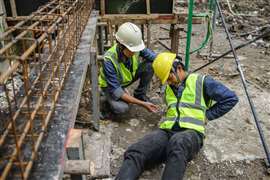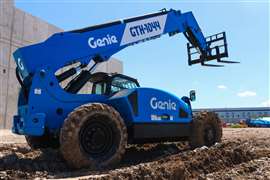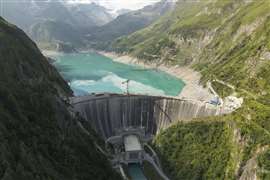Read this article in Français Deutsch Italiano Português Español
Contractors face lawsuits after NYC Legionnaires outbreak
26 August 2025
Two construction workers filed lawsuits against Skanska USA Building and Rising Sun Construction in the US, accusing the contractors of failing to prevent Legionnaires’ disease outbreaks tied to jobsites in New York City’s Harlem district.
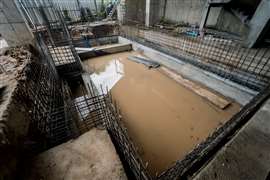 Standing water pools at a construction site. Image: Adobe Stock
Standing water pools at a construction site. Image: Adobe Stock
Plaintiff Nunzio Quinto alleges he contracted the disease while working on the New York City Public Health Laboratory Building, leading to a suit against Skanska. A second worker, Duane Headley, suing Rising Sun Construction, claimed exposure at a separate project near Harlem Hospital.
Legionella is a waterborne bacteria that causes Legionnaires’ disease, a severe form of pneumonia.
The suits follow a broader Central Harlem outbreak that so far sickened more than 100 people and caused at least six deaths.
In the complaints against the construction firms, attorneys argued that contractors failed to clear rainwater from cooling towers after summer storms, creating conditions for Legionella bacteria to multiply.
Skanska said it is cooperating with the city health department to disinfect and inspect implicated cooling towers, while Rising Sun has not yet commented.
Why is Legionella so prevalent in construction?
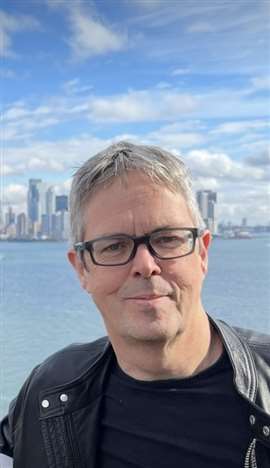 Greg Rankin, Hydrosense CEO
Greg Rankin, Hydrosense CEO
Greg Rankin, CEO of UK-based Legionella testing specialist Hydrosense, told Construction Briefing the Harlem cases highlight a much wider problem facing the industry.
“Construction projects create unique water quality issues that need to be addressed to minimise the risk of Legionella and waterborne diseases,” he said. “Unfortunately, more than two-thirds of construction sites do not have water safety measures in place before work begins.”
According to Rankin, infection rates in the US have surged by about 1,000% over the past two decades. He noted that research suggests more than two-thirds of construction sites do not have water safety measures in place before work begins.
“Though the reasons for this dramatic rise are still being studied, factors such as climate change, warming temperatures and increasingly complex water systems have all contributed,” he said.
Construction workers, he added, are statistically more vulnerable than most.
“One investigation found that construction workers had 1.82 times the rate of Legionnaires compared to [other] occupations,” Rankin noted.
Risks also compound in the ageing workforce: nearly one in five US construction workers is now over 55, a demographic more susceptible to infection.
“These statistics – while alarming – are not surprising,” Rankin said. “They underline why Legionella is not something construction can afford to underestimate.”
A lack of quick diagnoses, too, can accelerate the issue. Traditional laboratory testing methods, commonly used under ASHRAE Standard 188, can take a week or longer to deliver results.
“Yet, Legionella can double in a day,” Rankin said.
Delays in identifying contamination, coupled with the risk of false negatives when bacteria enter a dormant but viable state, leave construction duty holders exposed.
What contractors can do to protect workers and the public
 Legionella bacteria. Image courtesy Hydrosense
Legionella bacteria. Image courtesy Hydrosense
The biggest deterrent is removing stagnation in disrupted water systems and preventing dirt and debris entering pipes during works. Once established, the bacteria thrive in warm water when disinfectant levels drop, which can accelerate the growth of biofilm and Legionella.
While prevention is the best attack, testing the workforce during periods of rain or on water-based projects can be a second step in limiting the spread.
Hydrosense developed rapid testing kits capable of detecting Legionella pneumophila within 25 minutes; a much sooner return than weekslong lab tests. Rankin said this allows contractors to respond immediately.
“Detecting Legionella so quickly empowers duty holders to react promptly to contamination and take appropriate action,” he said. “Not only does this reduce risk to workers and the public, but it also provides peace of mind for contractors and building owners.”
STAY CONNECTED


Receive the information you need when you need it through our world-leading magazines, newsletters and daily briefings.
CONNECT WITH THE TEAM









